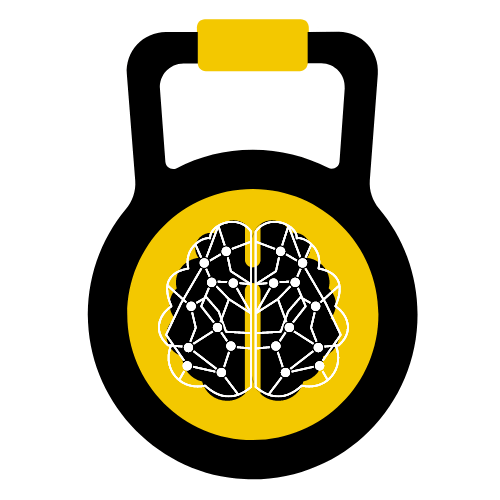Muscle or joint pains can be unbearable.
This is the time when you need relief as soon as possible.
And one of the best ways to counter that is by using capsaicin creams or capsaicin patches.
But how long does capsaicin stay on the skin?
If you use the lotion, gel, cream, gel, or ointment, you may experience skin redness, burning, or stinging after application. Usually, this issue fades away after a few days, but it may last for 2 to 4 weeks. A burning sensation may be exacerbated by humidity, warm water, heat, or sweating.
After applying the agent to the skin, you will experience a burning or a stinging sensation or skin redness.
Capsaicin: The Nitty-Gritty
If you love consuming chili, then chances are you have experienced that burning sensation of pepper around your mouth, skin, or taste buds.
Capsaicin is the substance responsible for taste.
The alkaline oil compound is found in the pithy membrane surrounding the seeds.
The chemical is used in topical form for postherpetic neuralgia.
It is also used on the skin to alleviate the pain from conditions such as diabetic neuropathy, psoriasis, and arthritis.
Recent research by the American Association for Cancer also indicates that it can counter prostate cancer cells through apoptosis.
To relieve pain, capsaicin works by stimulating and reducing pain transmitters in the body.
That’s why when you apply it to the skin, the pain will first worsen and then decrease considerably later.
Capsaicin Benefits
When capsaicin is applied as an ointment, lotion, gel, or cream, it will help alleviate pain from
- Post-surgery pain.
- Neurological disorders such as neuralgia and diabetic neuropathy.
- Headaches.
- Muscle skeletal disorders such as rheumatoid arthritis and osteoarthritis.
- Psoriasis.
- Sores as a result of radiation or chemotherapy.
You can apply the substance up to 3 times per day.
A high dosage skin patch known as Qutenza is also available.
It can be used to counter nerve inflammation due to postherpetic neuralgia.
The patch is then left on the affected part for a few minutes and then removed, but the chemical continues to alleviate pain after it is removed.
Please wash your hands with soap after every use to avoid getting it on your moist mucous membranes like the genitals or eyes, where it can cause an itching or burning sensation.
Similarly, don’t use it on broken skin. If you happen to burn your skin with capsaicin, read our guide on how to neutralize capsaicin on skin.
How Long Will It Last on the Skin?
As mentioned earlier, when you apply capsaicin, generally, it can stay there for 2 to 3 days, but in some cases, it can last for several weeks.
Though it will start providing some relief after 1 or 2 hours, considerable improvements may take up to two weeks.
The best approach for ideal results is to continue applying the substance as instructed by a health professional.
The pain in your joint or muscle will slowly start to fade.
Risks and Precautions of Capsaicin
Though research and other studies show that capsaicin has several benefits in enhancing metabolism by relieving topical pain, burning fats, and minimizing insulin spikes in diabetes, it can also cause a stinging or a burning sensation on the skin.
It can also cause vomiting, nausea, burning diarrhea, and abdominal pain if ingested in large amounts by children or adults.
Exposure to the yes causes blepharospasm, conjunctivitis, pain, and tearing.
The main way of countering its adverse effects is removal from exposure.
Any contaminated clothes should be removed and stored in airtight bags.
The agent can be washed off using soap, water, or other detergents.
It can also be rubbed off with compounds such as polyethylene glycol, petroleum jelly, or vegetable oil.
Topical antacid vinegar and plain water suspensions are also good in removing the substance.
Pain and burning sensations can be countered with cold surfaces, cold water, ice, or air from a fan or wind.
In severe conditions such as eye burns, topical ophthalmic anesthetics can do the job.
Mucous membrane itching can be countered with lidocaine gel, while capsaicin-triggered asthma can be countered with corticosteroids, oral antihistamines, and nebulized bronchodilators.
Similarly, there is a good reason why most spicy foods are served with yogurt or sour cream.
They contain casein, a fat-binding protein that effectively dissolves capsaicin oil.
So, use daily products to counter mouth burn.
You can also soak your hands in sour cream, yogurt, or whole milk.
Note that this approach may take up to 45 minutes to work.
Related Articles about Capsaicin

